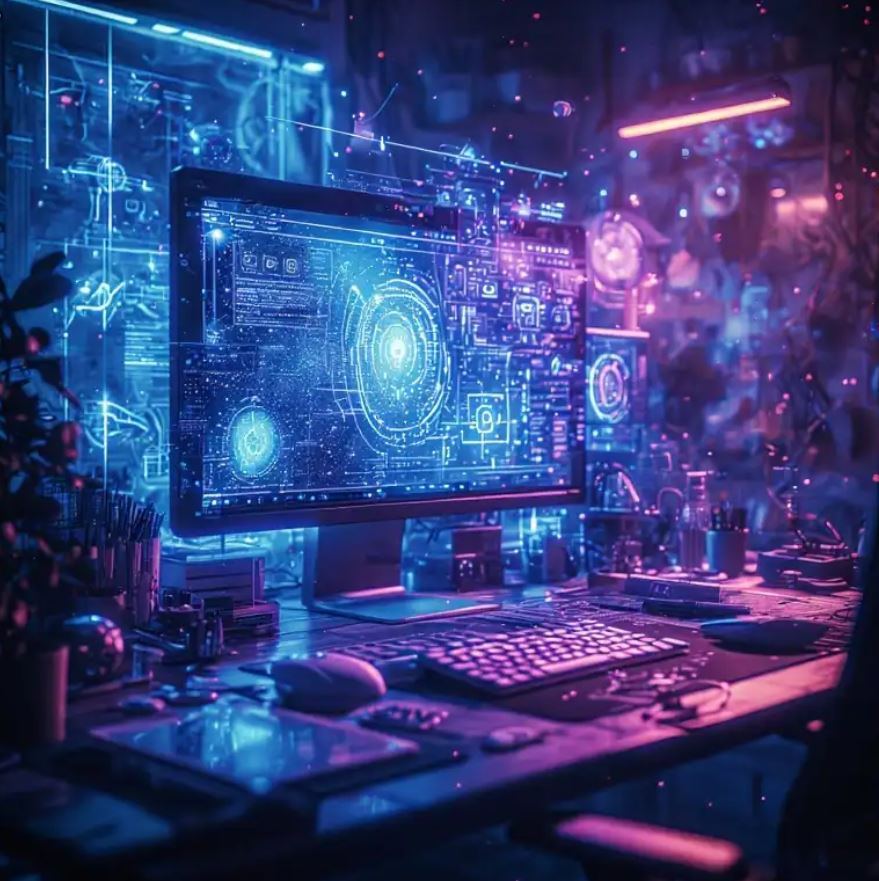 The Beijing Academy of Artificial Intelligence has introduced OmniGen 2, an open‑source platform that turns text prompts into images with impressive flexibility. Unlike its predecessor, the system uses two separate decoding paths – one for text and another for images – along with a decoupled image tokenizer. This smart design builds on multimodal language models while keeping the text generation spot on.
The Beijing Academy of Artificial Intelligence has introduced OmniGen 2, an open‑source platform that turns text prompts into images with impressive flexibility. Unlike its predecessor, the system uses two separate decoding paths – one for text and another for images – along with a decoupled image tokenizer. This smart design builds on multimodal language models while keeping the text generation spot on.
Built on the Qwen2.5‑VL‑3B transformer, OmniGen 2 relies on a custom diffusion transformer carrying around four billion parameters for image creation. A unique token acts as the switch between writing and generating visuals, ensuring that language skills remain just as sharp as the images produced. If you’ve often struggled with balancing clear text and vivid images, you’ll appreciate the care put into this design.
In training, the team used roughly 140 million images from both open‑source and proprietary libraries. They also brought in innovative methods using video to capture subtle frame differences – like changes in facial expressions – then used a language model to generate fitting editing directives. This means you can tweak parts of an image without redoing the whole thing.
Another neat feature helps OmniGen 2 keep track of individuals or objects across video frames, which is particularly useful when you want to see how a subject appears in various settings. The platform even combines multiple input images into a single, cohesive output, making it easier to craft detailed visual stories.
A significant upgrade is the new Omni‑RoPE position embedding. Here, positional data is neatly divided into a sequence ID, a modality ID (to tell images apart), and 2D coordinates for image parts. This lets the system organise and blend multiple inputs with impressive accuracy. Notably, the model uses Variational Autoencoder (VAE) features solely for the diffusion decoder – a smart choice that streamlines the architecture while keeping language understanding intact.
One feature that stands out is the reflection mechanism. Through an iterative process, the system reviews and fine‑tunes its images over several rounds, spotting and fixing imperfections along the way.
The team also set up the OmniContext benchmark to evaluate how well the system handles context in areas like Characters, Objects, and Scenes – each with eight subtasks and 50 examples. When assessed by GPT‑4.1, which checks prompt accuracy and subject consistency, OmniGen 2 scored a 7.18 overall, ahead of other open‑source models. GPT‑4o, known for its cutting‑edge image generation, scored 8.8.
OmniGen 2 also performed strongly on text‑to‑image tests like GenEval and DPG‑Bench, marking a clear new standard in open‑source image editing. Of course, challenges remain. For instance, English prompts tend to yield better results than Chinese ones, and tweaking body shapes or handling ambiguous multi‑image prompts still calls for a bit of extra clarity.








